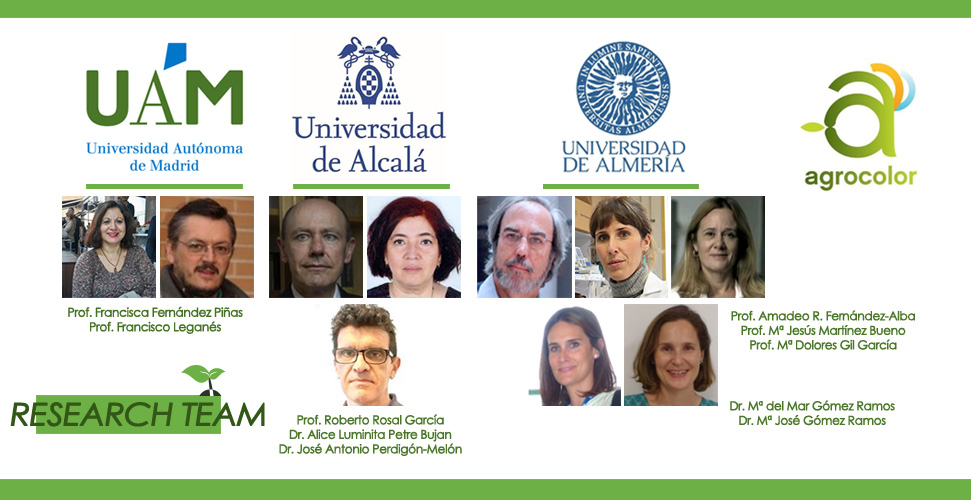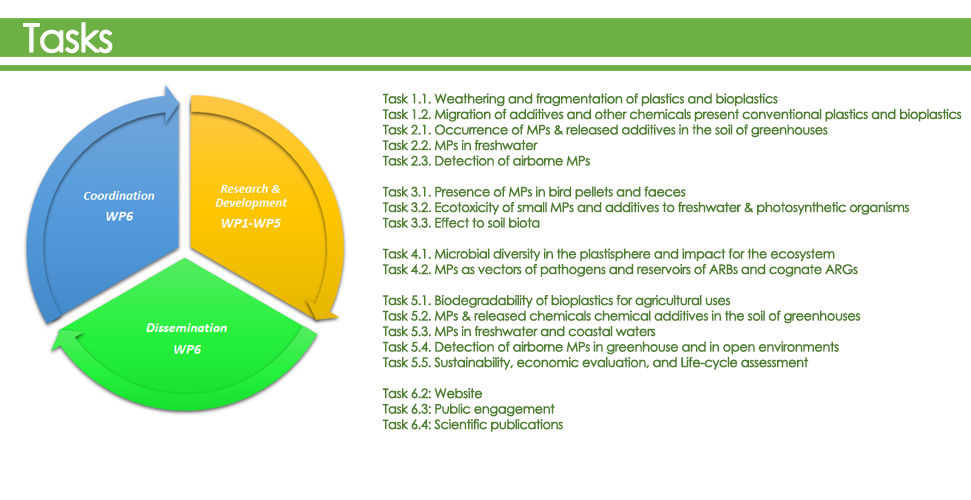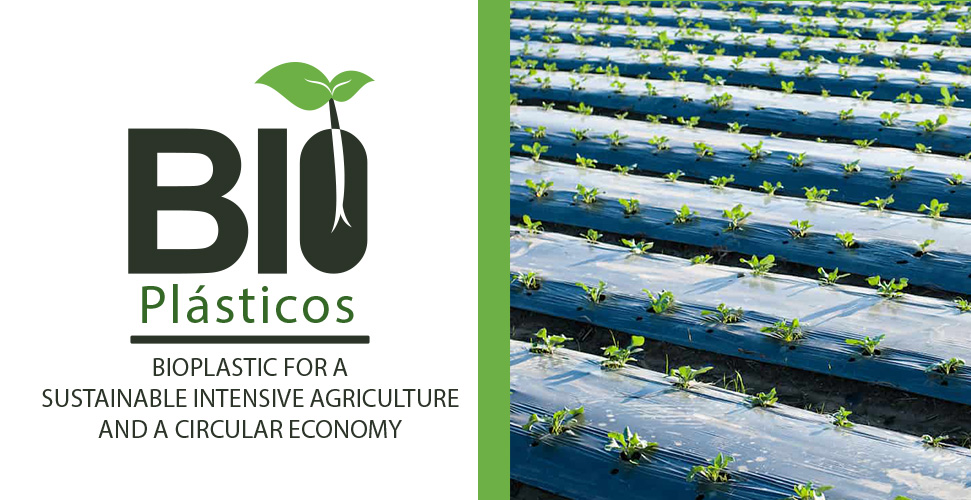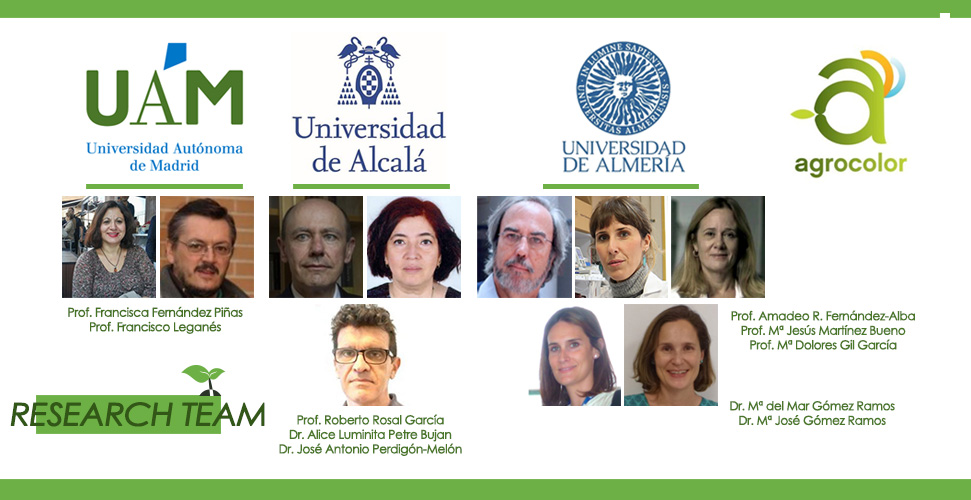BIOPLASTICS FOR A SUSTAINABLE INTENSIVE AGRICULTURE AND A CIRCULAR ECONOMY
Plastic litter dispersed in the different environmental compartments represents one of the most concerning problems associated with human activities. The environmental degradation processes convert plastics into smaller particles, the so-called microplastics, or the smaller fragments known as nanoplastics. Plastic particles in the micro and nano size scale are ubiquitous and represent a threat to human health and the environment. The origin of most of those plastics is the improper management of wastes from a variety of human activities. Biodegradable plastics, some of them produced from renewable sources, are an emerging solution to fight against the spreading of persistent plastics. Bioplastics contribute to avoid the accumulation of non-biodegradable plastic fragments, but their use is still hindered by the limited data existing on their impact in open environments, and on production systems including agriculture. A major knowledge gap is their biodegradability in non-composting conditions. In this proposal, we will evaluate the impact of the use of agricultural plastics under intensive agricultural schemes as well as the substitution of conventional plastics by bioplastics. .
During the last 20 years, the production of vegetables in a protected environment has contributed importantly to the national economies in the Mediterranean region, especially in the Spanish province of Almería, which has the largest area covered by greenhouses in the world. Almería’s contribution has made Spain the leading exporter of fruit and vegetables in the EU and the third largest in the world after China and the USA. This intensive agricultural system generates large quantities of crop residues and relies on an intensive use of plastics. The figures are impressive. Protected horticulture in Almería produces more than a million tons of residual agricultural biomass per year, many of which are reused for farmers for the production of compost and/or green fertilizer, thereby contributing to the reduction of greenhouse gas emissions. The amount of plastic used in the area amounts to over 25 000 tonnes, from which over 85% is recycled. The most apparent is the plastic used for greenhouse covers, but this is also the easiest to recycle. Plastic in contact with soil and mixed with agricultural residues is a more difficult issue. . .

Biomass reuse contributes to increasing the circularity of agricultural processes but the availability of feedstocks free of non-biodegradable plastic debris is essential for sustainability. Biodegradable materials are important for applications in which the collection of wastes is economically o technically impossible. This proposal refers to the substitution of non-biodegradable trellising materials and the use of biodegradable mulching films in protected horticultural crops. The impact of plastic pollution due to intensive agriculture in El Ejido will be studied with emphasis on the substitution of conventional plastics by bioplastics. The presence of plastics in the biota of protected areas in the area of greenhouses will be assessed, paying attention to the transfer to plastic debris through the trophic chain. The effect of plastic and bioplastics to soil biota and microbiota will also be assessed, and the role of plastics as a potential source of chemical contaminants studied, including the potential bioaccumulation of plastic-derived chemicals in plant tissues and their transfer to the consumer through diet. The translocation of plastics and additives via water and air to the open environment will be evaluated as well as the possible role of plastics as vector of pathogens and antimicrobial resistances.



